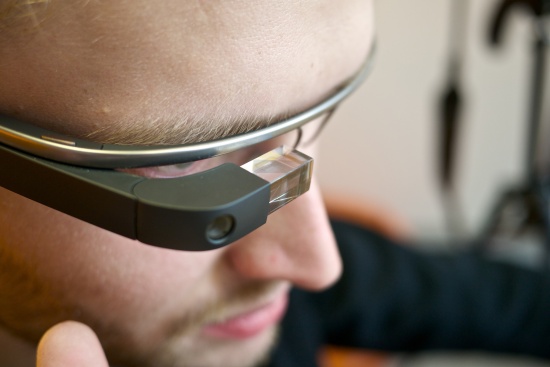
There is increased speculation that artificial intelligence (AI) will increasingly replace the work of humans over the medium to long term. Already, AI is performing well at the world-class tournament levels in such games as Chess and Go, the latter of which was a major breakthrough. What about actual jobs?
At University of Oxford, a survey from the Future of Humanity Institute asked several leading experts how long it will take for machines to outperform humans. Here is the average forecast for a couple of skill sets:
- 2023 – Folding laundry
- 2027 – Truck driving
- 2031 – Retail sales
- 2049 – The writing of best-selling books
- 2053 – Surgery
In the long game, they think all human tasks will be out-performed by machines in 45 years. All human jobs would be replaced in about 125 years. So we’re kind of safe for a decade or so. However, there are major concerns about what this change will mean for humanity, as this change may increase economic inequality.
In my opinion, as this relates to workforce planning, the challenge seems most interesting in the transition period. That is, people will get new jobs designing new technologies, and people will make themselves more productive by using technology in the workplace. But there will be more frequent changes, more dramatic changes, and things will happen more quickly.
These changes mean that human resources will be the key party delivering change management, knowledge management, hiring, learning and development, and employee communications. The pace at which people adapt to change will determine success in investment decisions and the retention of engaged customers. But only if you get the metrics right. Anything else, and your organization is sunk.

Hmmm, not sure how much change management will prepare humans for their eventual redundancy. Me thinks It will be a full-time job just being human. 😉
LikeLike